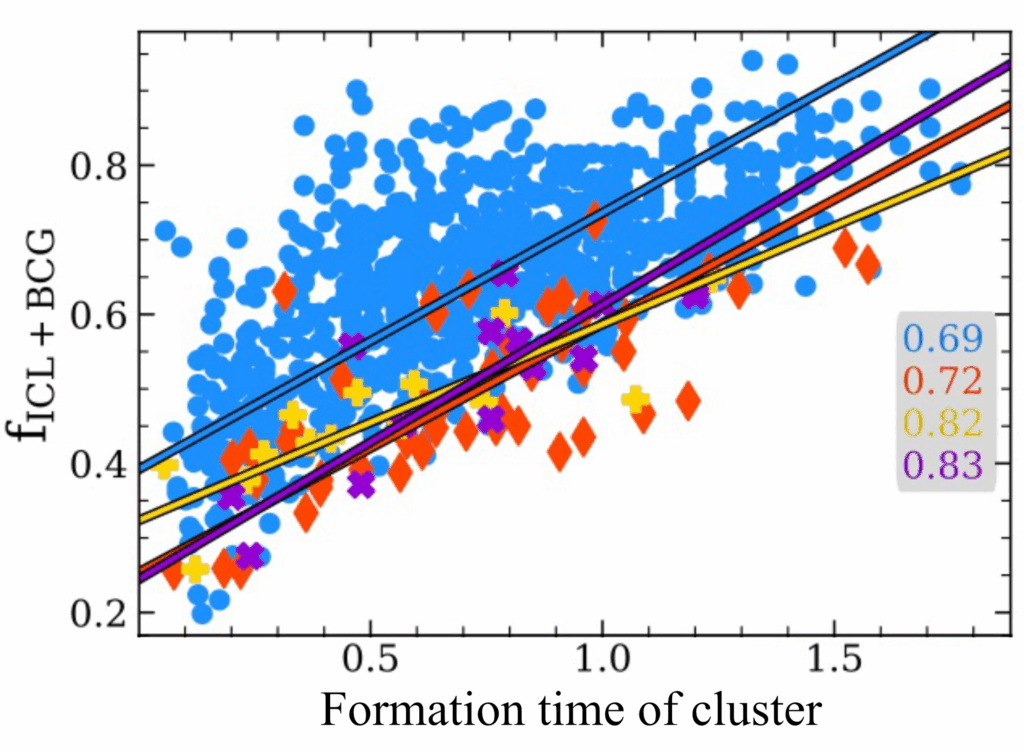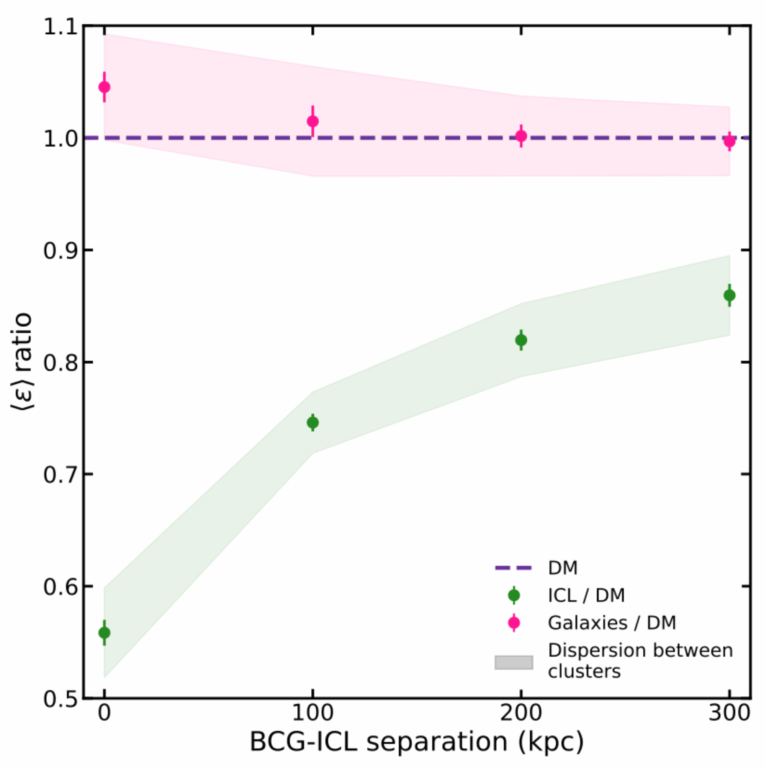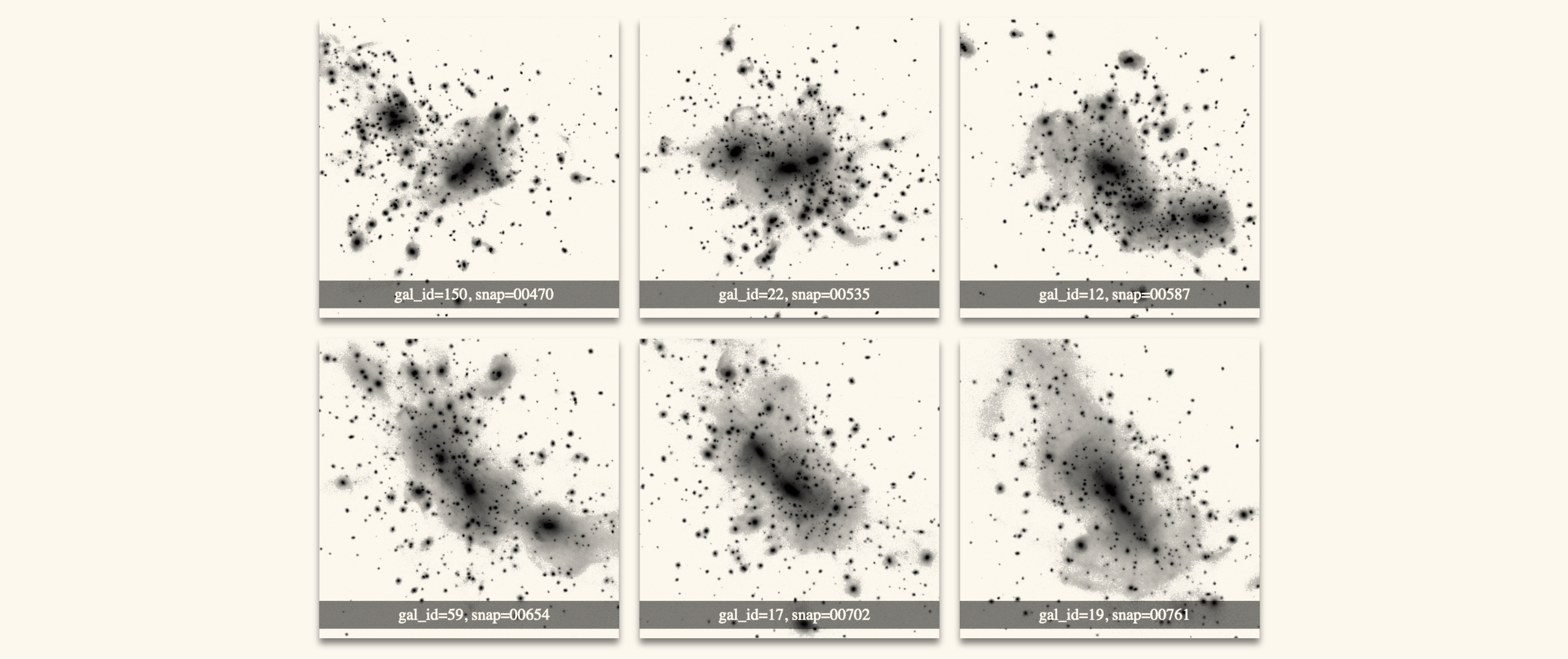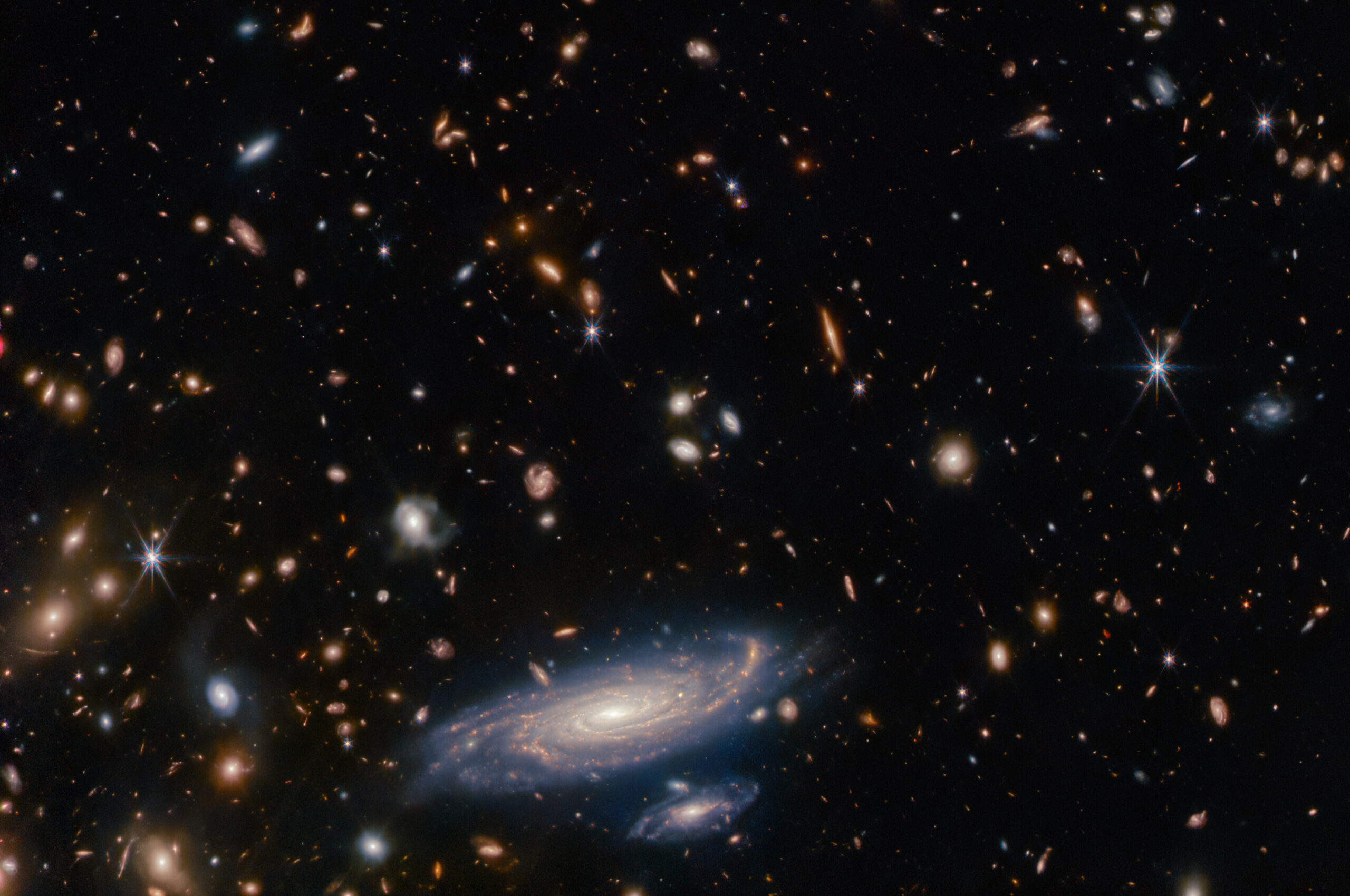Our work tackled the biggest barriers to using ICL consistently across surveys and simulations. The team delivered four main advances:
1. Making simulations look real
We developed methods to turn simulated clusters into “mock telescope images” that include all the quirks of real observations—sky glow, instrument blur, and noise. This allows fair comparisons between techniques and helps identify biases.
2. Establishing measurement ground rules
We drew up practical guidelines for separating ICL from galaxies and background light, reporting uncertainties, and applying tests that any method must pass. These rules are already feeding into the construction of ICL catalogues from Euclid.
3. Building a community resource
We created a shared library of simulated clusters with both “ground truth” maps (stellar ages, chemistry, dynamics) and matching synthetic images. This library is openly available here for anyone to test and refine their own methods.
4. Linking ICL to cluster mass and history
We clarified when ICL can—and cannot—be used as a tracer of total cluster mass. Its reliability depends on how dynamically “settled” a cluster is and how deep the observations go.

From Kimmig et al. (2025). The fraction of cluster stellar mass found in the intracluster light plus brightest cluster galaxy, f(ICL+BCG), is a reliable tracer of when a cluster assembled. In relaxed systems this fraction steadily increases by ~3–4% per Gyr, meaning it can be used to rank clusters by their dynamical state and formation time.

From Butler et al. (2025). The intracluster light does not perfectly trace dark matter: its stars have ~25% lower mean specific energy and more radial orbits than the dark matter. This shows that while ICL is valuable for studying cluster histories, it cannot be used as an unbiased map of the dark matter distribution.




